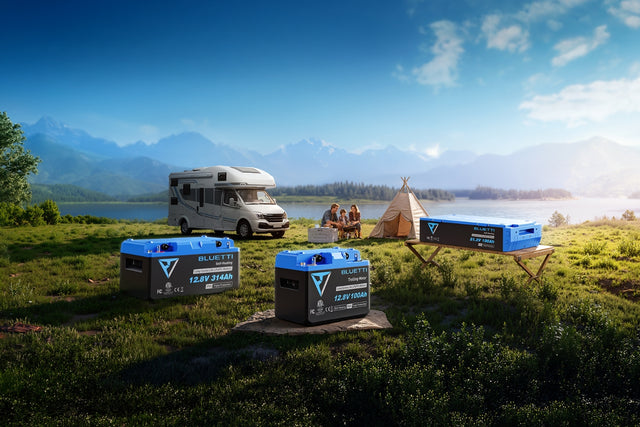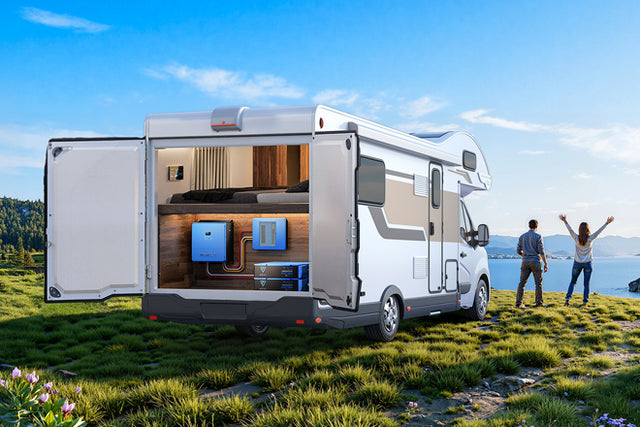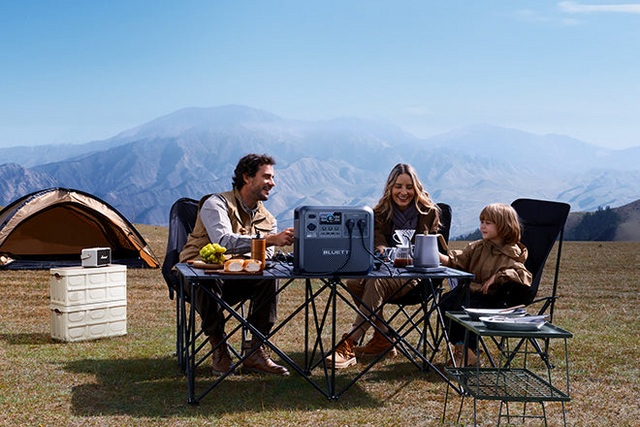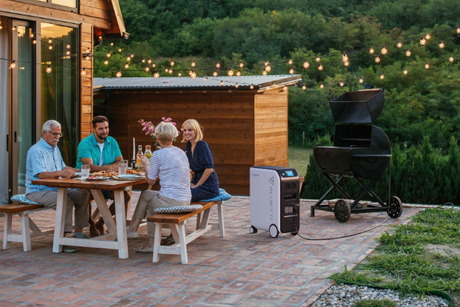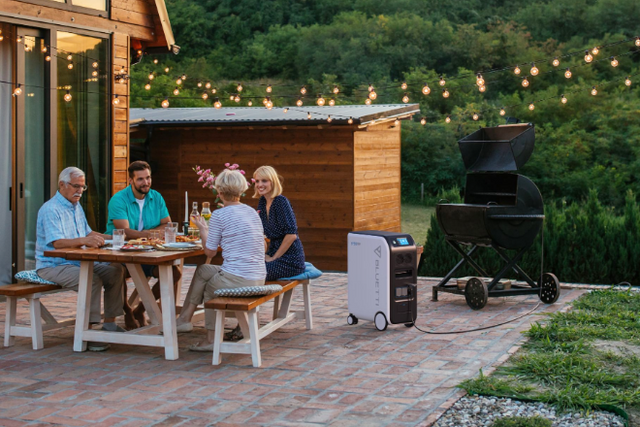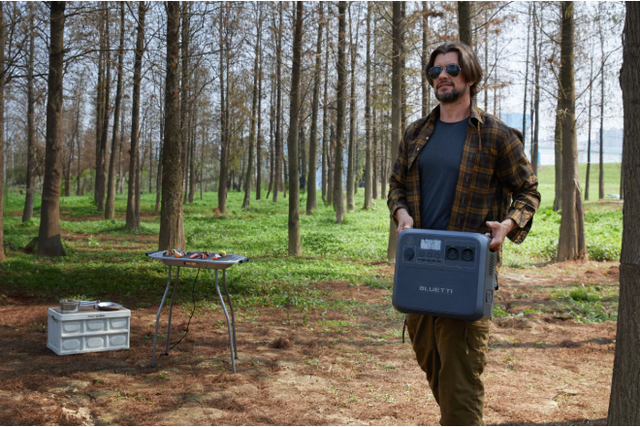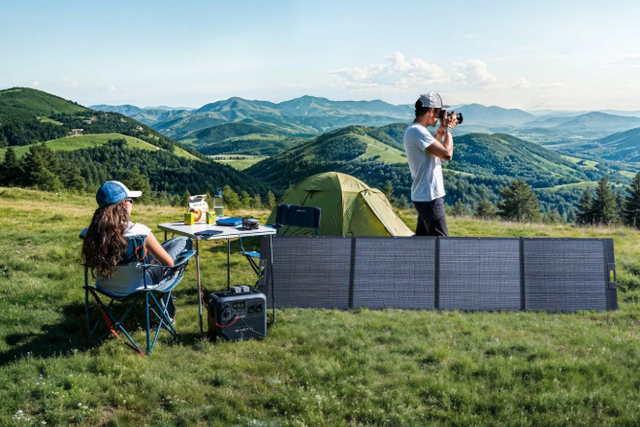In the summer of 2020, when the restrictions due to COVID-19 were still present and it was dangerous or prohibited to leave the country, many (very many) set out to rediscover our own territory. Spain became the main destination for the Spanish. Suddenly, we began to find beauty, history, gastronomy and architecture a few kilometers from our homes that had nothing to envy to the classic international destinations.
That popularity hasn't stopped growing until now. And it is that the value that some areas of the peninsula have acquired is unparalleled.
In this article we are going to focus solely on one of the most traveled areas of the country. This is the marvelous route through the north of Spain.
So if you still haven't planned and organized your next vacation, take note of the 16 wonders that we show you here. And if this list falls short, don't worry because this is just a tiny sample of the wealth and wonders hidden in the 4 communities through which our route through northern Spain runs.
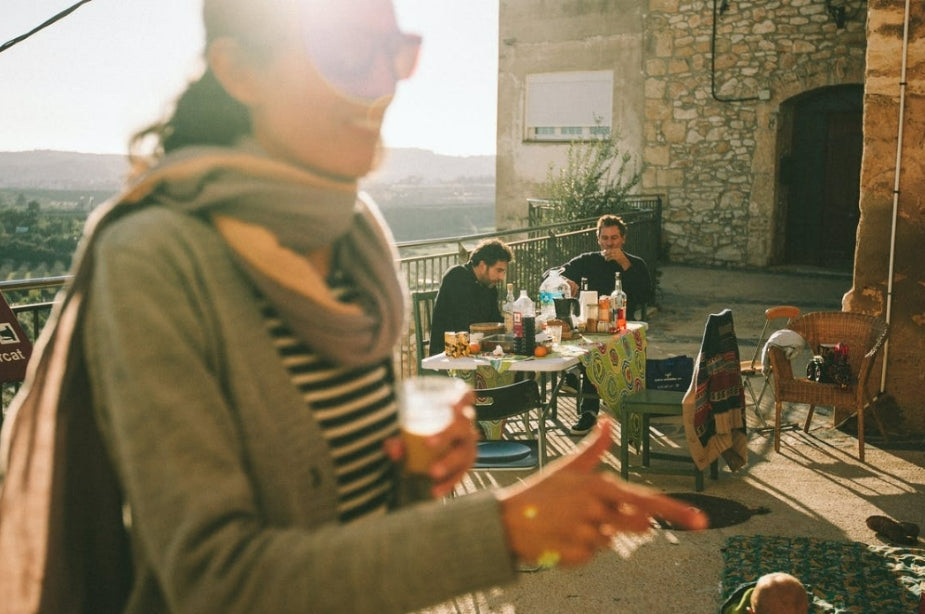
Why do a route through the North of Spain?
Taking a route through the north of Spain is synonymous with cliffs, wild beaches, traditional fishing, Celtic heritage and lush nature. Each of the territories that run through the north have a different, unique and special landscape. For this reason, we wanted to organize this post, touring the four communities in the North Atlantic of the country: Basque Country, Cantabria, Asturias and Galicia. Of each one, we will give you the four essential points so that, later, it is easier for you to organize and personalize your tour.
Come with us through this 700 kilometer journey from East to West of the country.

Route through the Basque Country
This Autonomous Community is characterized by its strong sports, gastronomic and linguistic traditions. Euskera is spoken in this area, a language that predates the Romance languages. Thanks to all its history, it is considered a historical Spanish nationality. For this reason, we recommend that your tour of this region include some guided tour so that you can get closer and better understand the culture of Euskal Herría.
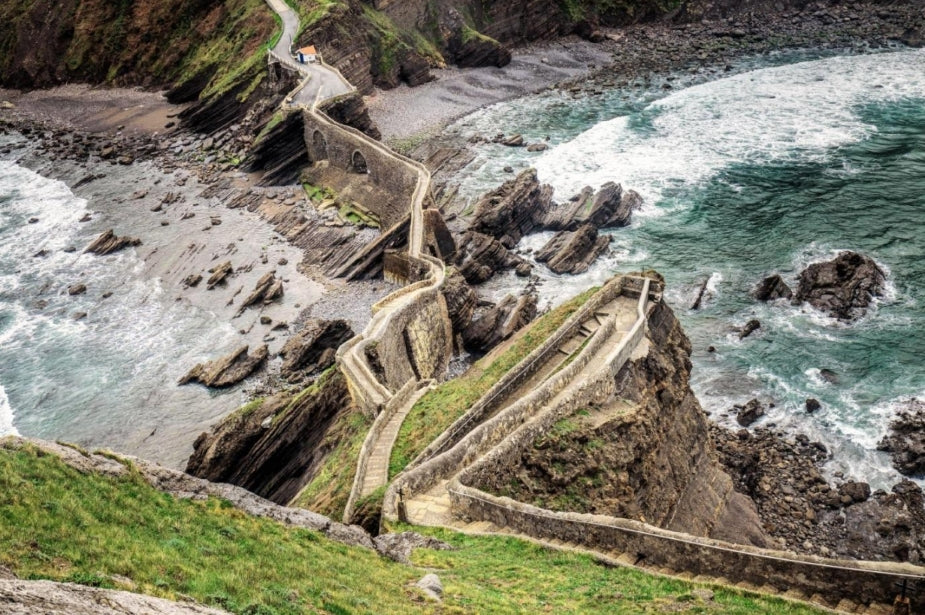
Hondarribia
We begin our route through the extreme northeast of the Basque Country in one of the most beautiful villages you will see on the entire route. And it is that it has a beautiful walled area and old buildings where you will discover the classic architecture of the farmhouses , old houses that are characterized by having more than one floor and for being decorated with
San Sebastian
This is one of the best-known cities in the Basque Country as it has a privileged geographical layout with the spectacular La Concha beach as well as Ondarreta. In addition, walking through the old town you will find culinary alternatives for all tastes and all budgets. From bars and taverns with cheap pintxos to world-renowned restaurants.
San Juan de Gaztelugatxe
Long before this place appeared in the famous Game of Thrones series, it was already considered a privileged enclave that left anyone who dared to climb its more than 200 steps speechless.
Bilbao
Finally, one of the most modern cities in the Basque Country, Bilbao. Here you will find a charming old town, popular gastronomy, the magnificent Ría del Nervión and various references to contemporary architecture such as the Guggenheim Museum.

Route through Cantabria
Our route through the north of Spain continues and we leave Euskadi (Basque Country) to begin (or continue) with a memorable route through Cantabria. This area contains an impressive maritime, gastronomic and Paleolithic history. Its contact with the sea and the wildest nature makes the towns seem taken from fantasy tales. In fact, in Cantabria there are 6 of the 100 most beautiful villages in all of Spain.
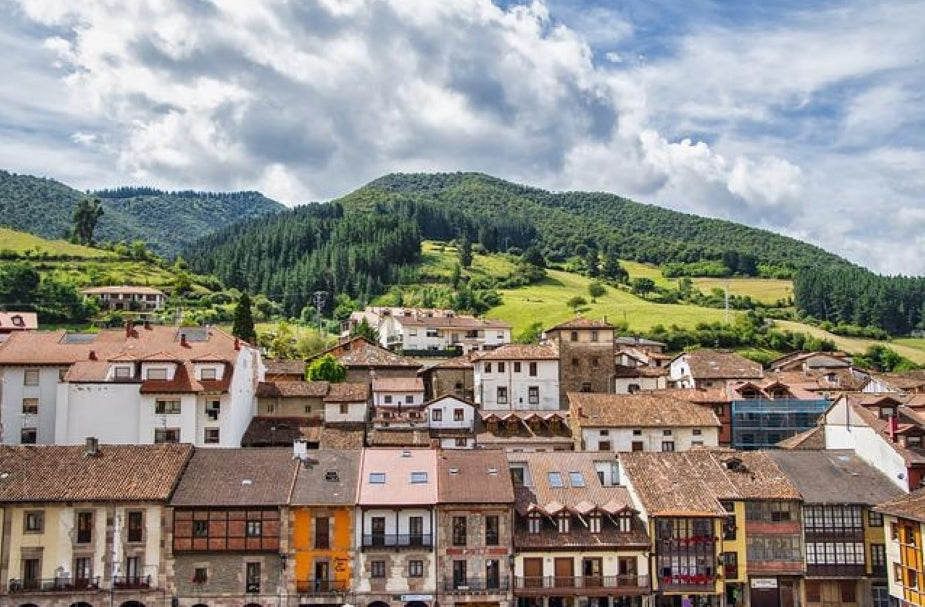
Santander
On our route through the north of Spain and, specifically, our route through Cantabria, a stop in Santander cannot be missing. The truth is that it is a small city that does not require more than 5 hours to see it calmly. To visit Santander is to travel through history from the 14th century to the last episodes of the 20th. Therefore, we recommend that, if you can, you choose to walk it with a guide.
Bárcena Mayor
The oldest town in Cantabria is called Bárcena Mayor and is located within the Saja Besaya Natural Park. Its hermetic location has made this town maintain the architecture and magic of its beginnings. Therefore, this town with no more than 80 inhabitants, was declared a Historic-Artistic Site.
Pots
And speaking of charming towns, on our route through Cantabria we could not miss a visit to Potes. It is also considered one of the most beautiful towns in Spain and the truth is that, despite the fact that the old town and the old Convent of San Raimundo are beautiful, the best thing about Potes is losing yourself in its streets and contemplate the views of the mountainous enclave in which it is located.
Picos de Europa
This majestic mountain massif is at the end of our route through Cantabria. And it is very popular since, due to its intense proximity to the sea, the geographical features it presents are worth admiring, such as the Hermida gorge or the Covadonga lakes.

Route through Asturias
Following our route through the north of Spain, we arrive in Asturias, a territory that also includes the majesty of the Picos de Europa, mountain villages frozen in time, Romanesque art and luxurious cuisine.

The lakes of Covadonga
We have already talked superficially about these lakes on our route through Cantabria. And we want to emphasize them again on this route through Asturias because, really, they are essential. There are three lakes of glacial origin that in summer leave us with a landscape worth seeing at least once in a lifetime.
Cangas de Onís
And if you already visited the Lakes of Covadonga on your previous route, this route through Asturias should start with the magical town of Cangas de Onís. A prehistoric territory that maintains its conquering, gastronomic and mountainous heritage, giving us an ensemble full of life and history.
Oviedo
On our route through Asturias, a short visit to the capital cannot be missing. In Oviedo we will find a cosmopolitan city in which the remains of an elegant and religious medieval past still remain that will not leave you indifferent.
Gijon
We reach the end of our route through Asturias and we end up with an enclave that is the maximum expression of maritime heritage. A city built based on the relationship between the people and the sea, giving its inhabitants and its architecture that note of rudeness, freshness, religiousness and suspetition, characteristic of fishermen.
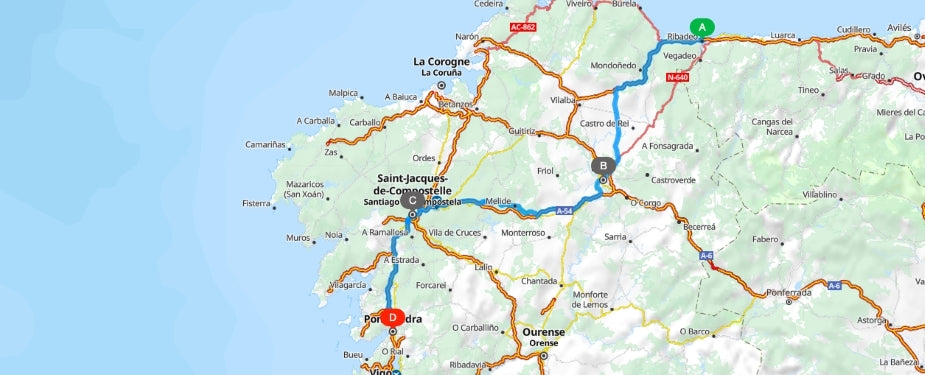
Route through Galicia
And we reached the end of our route through the north of Spain, in the Atlantic corner of the country we discovered a beautiful route through Galicia. A territory that overflows with legends, stories with mythological beings, beliefs in Meigas (witches) and a deeply pagan past. Which also counteracts with its important and more recent Christian heritage.
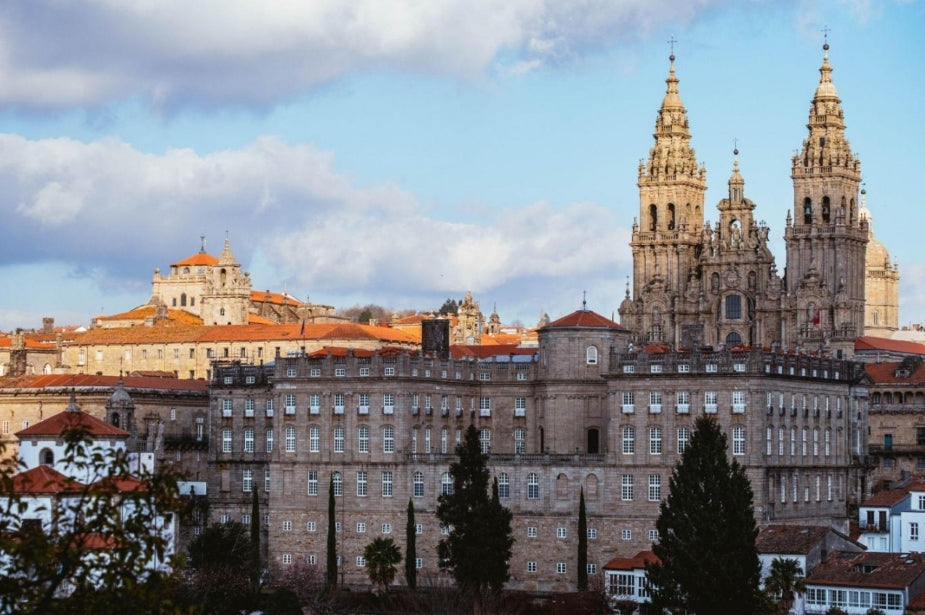
Cathedrals Beach
On our journey from east to west along the northern Spain route, our first stop in Galicia could be this impressive Playa de Catedrales. A beach that has always generated a lot of interest due to its particular rock formation. Keep in mind that to visit this beach in July, August and September it is necessary to book.
Lugo
After visiting these magnificent beaches, you can continue your route through Galicia, going down to visit the Roman city of Lugo. One of the most important in the entire Galician community that houses the remains of its Roman wall, a magnificent Baroque cathedral and an old town where you can get lost.
Santiago de compostela
This small and very complete pilgrimage city is known for being the end point where all the routes that make up the Camino de Santiago end. Here you will find every morning throughout the year, pilgrims who arrive from their journeys to receive the blessing of the remains of the apostle, which rest in the Cathedral.
Cíes Islands
And what do you think about finishing the route through the north of Spain relaxed on the most crystalline beaches of the Atlantic? Keep in mind that the Cíes Islands can be visited in 1 day, that you can only get there by a specific ferry and that, if you want to spend more days, you can camp and spend the night but for this you will have to to ask for special permission.































































































































































